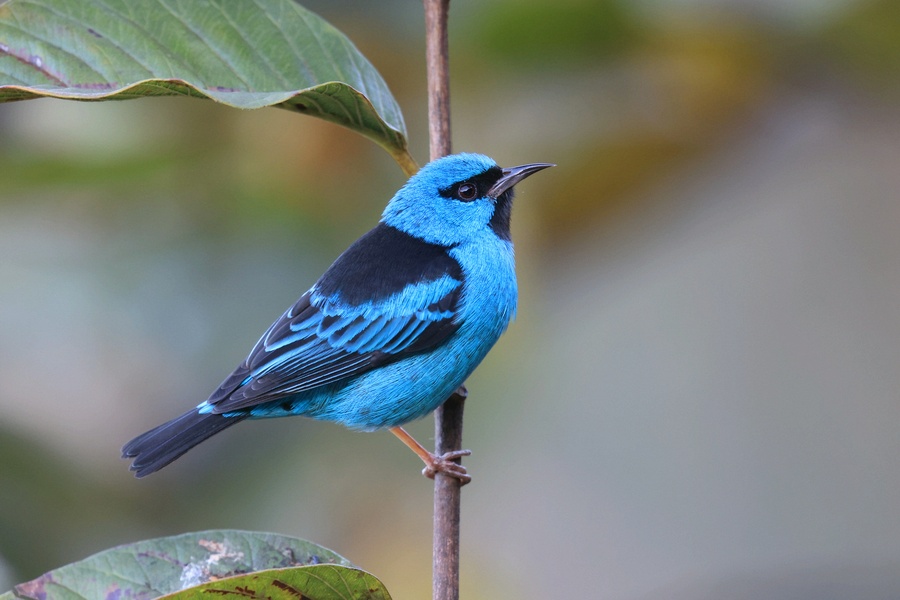Come and be inspired
Brazil’s Atlantic Forest Tanagers
Mondo Verde
Mondo Verde Expeditions July 8-26, 2022 Photos by Bob Gress / Birds in Focus
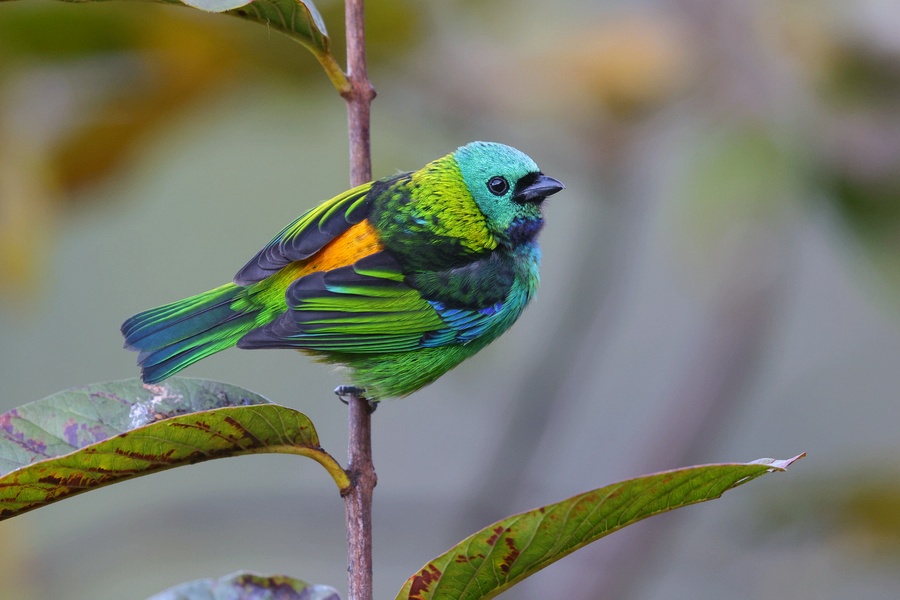
Green-headed Tanager (above), Itatiaia National Park, Brazil, July 16, 2022
In my previous PhotoBlast, Brazil’s Atlantic Forest, I included some very colorful birds. In addition to a few mammals, it featured some parakeets, hummingbirds, toucans and trogons. Anyone looking through a Brazil bird book will notice another group of birds, the tanagers, that are so stunningly colorful they make you stop and stare. In Brazil, we visited some tanager feeding stations stocked with bananas that produced a dizzying rainbow of frantic, hungry tanagers!

Diademed Tanager (above), Caledonia Road, Nova Friburgo, Brazil July 13, 2022
Black-goggled Tanager (below), Sitio Macuquinho, Salesopolis, Brazil, July 9, 2022

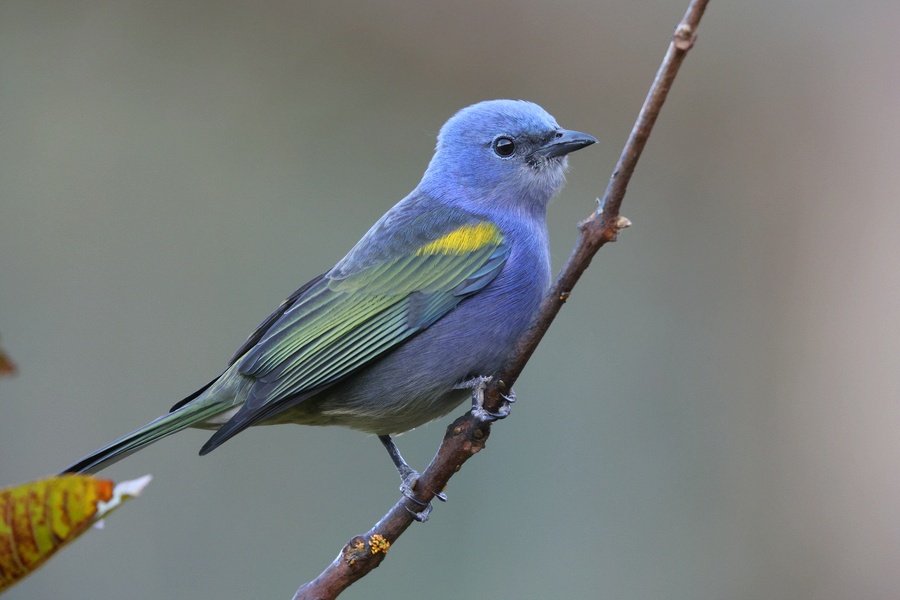
Golden-chevroned Tanager (above), Itatiaia National Park, Brazil, July 16, 2022
The tanagers make up the bird family Thraupidae in the bird order Passeriformes. Thraupidae is the second largest family of birds in the world, representing 4% of all avian species. The family contains nearly 400 species that are found mostly in Central and South America.
Rufous-headed Tanager (below), Salve Floresta, Tapirai, Brazil, July 21, 2022


Turquoise Tanager (above), Reserva Ecologica Guapiacu (REGUA), Brazil, July 12, 2022
Brassy-breasted Tanager (below), Sitio Macuquinho, Salesopolis, Brazil, July 10, 2022


Azure-shouldered Tanager (above), Trilha dos Tucanos, Tapirai, Brazil, July 21, 2022
The tanager family is filled with mostly bright-colored, fruit eating birds. They’ll also eat other items including nectar, flower parts, insects and seeds.
Brazilian Tanger (below), Folha Seca, Ubatuba, Brazil, July 18, 2022

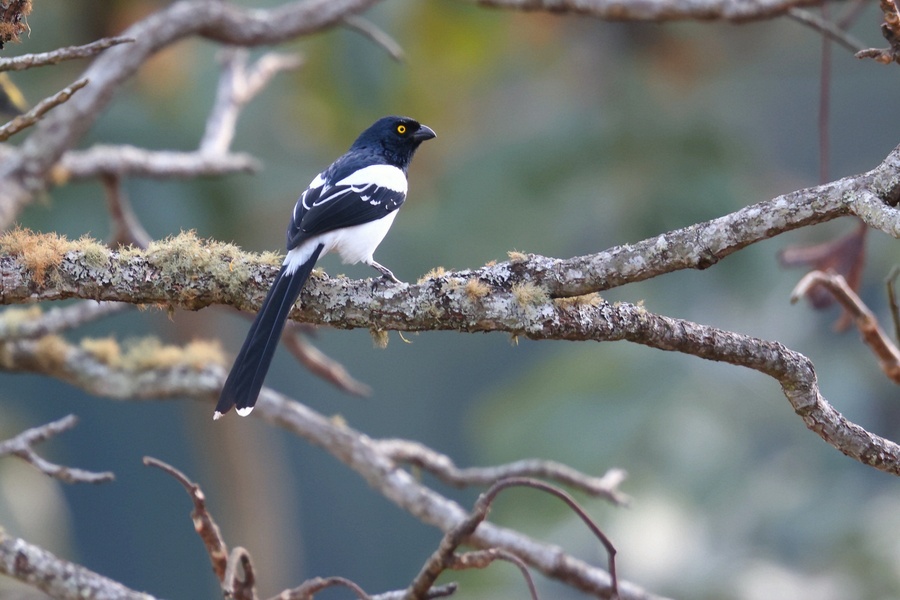
Magpie Tanager (above), Itatiaia National Park, Brazil, July 15, 2022
Tanagers are often brightly colored, but some species are mostly black and white. Males are often more brightly colored than females.
Ruby-crowned Tanager (below), Itatiaia National Park, Brazil, July 18, 2022
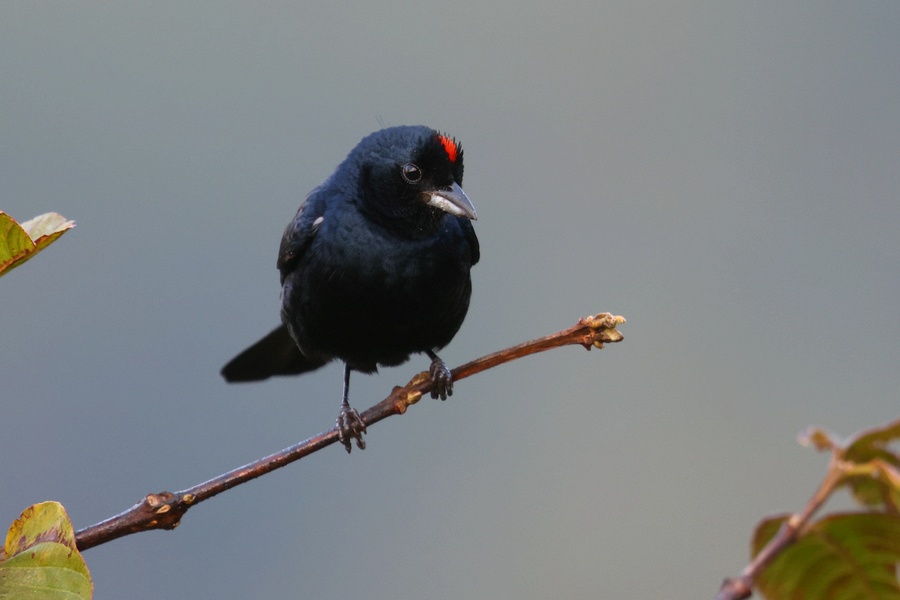

Green-headed Tanager (above), Itatiaia National Park, Brazil, July 16, 2022
Many species of tanagers are endemic to a relatively small area. In Brazil, the Green-headed Tanager and the Red-necked Tanager are found mostly in Brazil’s Atlantic Forest.
Red-necked Tanager (below), Sitio Macuqinho, Salesopolis, Brazil, July 09, 2022


Swallow Tanager, Itatiaia National Park, Brazil July 15, 2022. The photos above and below are the same bird! I watched it fly from one tree to the other. Its hue changes from green to blue as the angle between illumination and observation changes. Either way, it’s gorgeous!
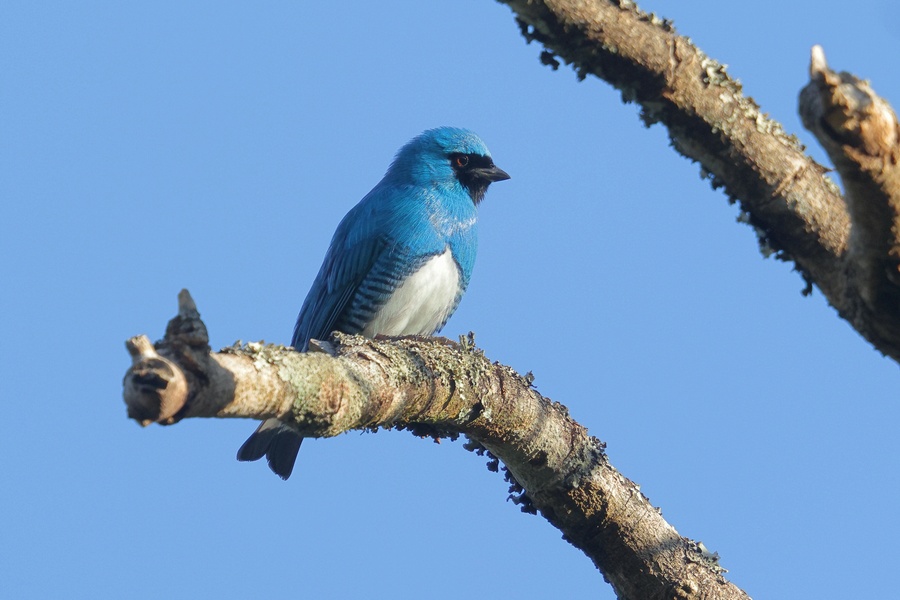

Green Honeycreeper, Folha Seca, Ubatuba, Brazil, July 18, 2022
Over the past 30 years, molecular studies of DNA have led to new information and better understandings of species relationships to other similar species. With modern insight, reorganization of the tanager family, Thraupidae, has been complex. Some species have been reassigned to the tanager family. And some birds originally called tanagers now find themselves in a different family of birds. This change hit close to home when it was found that our U.S. tanagers, Summer, Scarlet, Hepatic and Western, are more closely related to cardinals than to the tanager family. Because of this, the American Ornithological Society has officially moved them to the cardinal family even though their common names still call them tanagers. This Green Honeycreeper and Blue Dacnis both belong to the tanager family.
Blue Dacnis, Itatiaia National Park, Brazil, July 18, 2022
